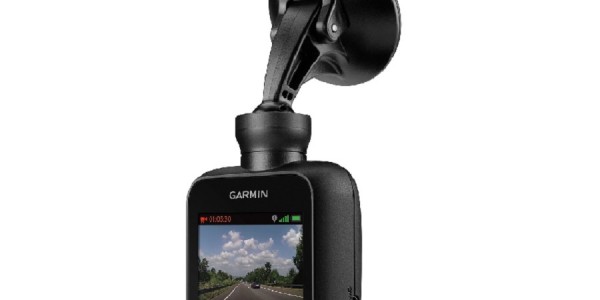5 important car checks before you travel
If you want to avoid the ignominy of being stranded on the roadside with a broken down car waiting for assistance, then here are some basic checks you can readily carry out to ensure that you arrive at your destination safely and without any mechanical problems. Essentially they concern checking your fluid levels, windscreen washers and wipers, and tyres.
Coolant
Remove your radiator cap and check that the radiator is topped up, or if you have a plastic reservoir feeding your radiator check that the water level reaches the correct mark. If you are unsure about the correct level, refer to your car handbook. A word of warning though: never remove any radiator or reservoir cap when the engine is hot as the coolant is likely to be under pressure and very hot with the danger of causing severe scalding. If you do need to top it up, just use water rather than coolant and get the coolant changed when convenient.
Engine oil
Make sure that your engine oil is full. For most cars you can do this by removing the dip stick (check your handbook if you are unsure) and seeing where the oil comes up to. There are generally marks that show the maximum and minimum oil levels; always ensure that your oil comes to the maximum. If you aren’t sure, for instance if the film of oil has smeared, then wipe the dip stick with a clean tissue or cloth, reinsert it into the engine, then remove it carefully and recheck.
Some cars don’t have dipsticks, and use electronic sensors to monitor the oil levels. If this applies to your car, then activate the sensor and wait until it takes a reading; it can take several minutes. It will either indicate that your oil level is OK or advise you to add a specified volume, for instance it could display +1 L indicating that you should add a litre of oil. Always use the kind of oil that was specified by the car manufacturer.
Windscreen washer
Check and top up your windscreen washer reservoir. Generally this is simply a flip top. Ideally you should top it up with special windscreen wash that will prevent it from freezing in cold weather while being a more effective cleanser than water alone.
Windscreen wiper blades
Windscreen wiper blades can get damage, wear out, and split. Checking them is very simple and replacing them is much easier than it seems. Here is a video that tells you how to fit new wiper blades.
Tyres
Check that your tires are undamaged and that they have the legally required amount of tread, which is 1.6 mm across ¾ of the tread all around the tyre. Generally it is recommended that you replace your tyres when the tread depth has been reduced to 3.0 mm, as below this the stopping distance will be longer in wet weather. If your tyre tread is below the legal limit then you could face a hefty fine, penalty points on your licence, and if illegal tyres result in an accident then there is a possibility that payouts on your car insurance could be reduced. This video gives more information on checking tyres.
You should also check that the tyre pressures are at the right level as specified in your handbook. You will generally need a tyre pressure gauge to do this. You should also check the spare tyre. In some cars that use run flat tyres the tyre pressures are monitored automatically and a warning light will come on if any tyre has reduced pressure.







